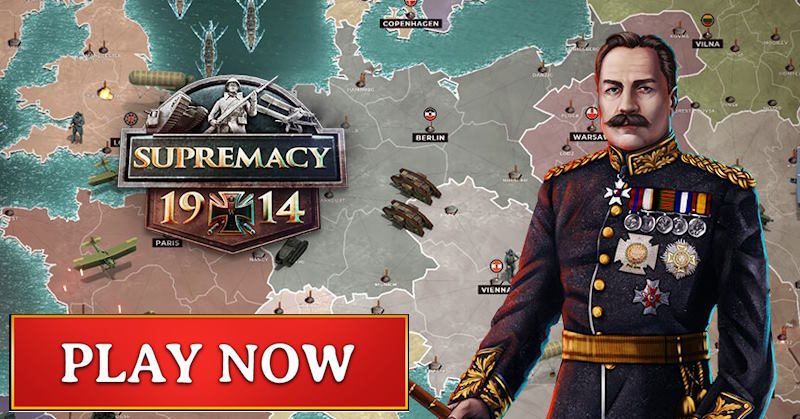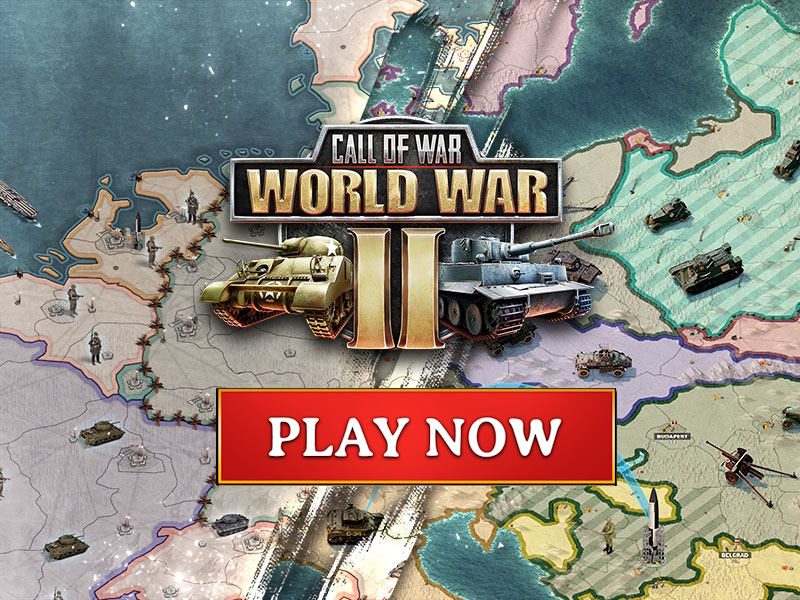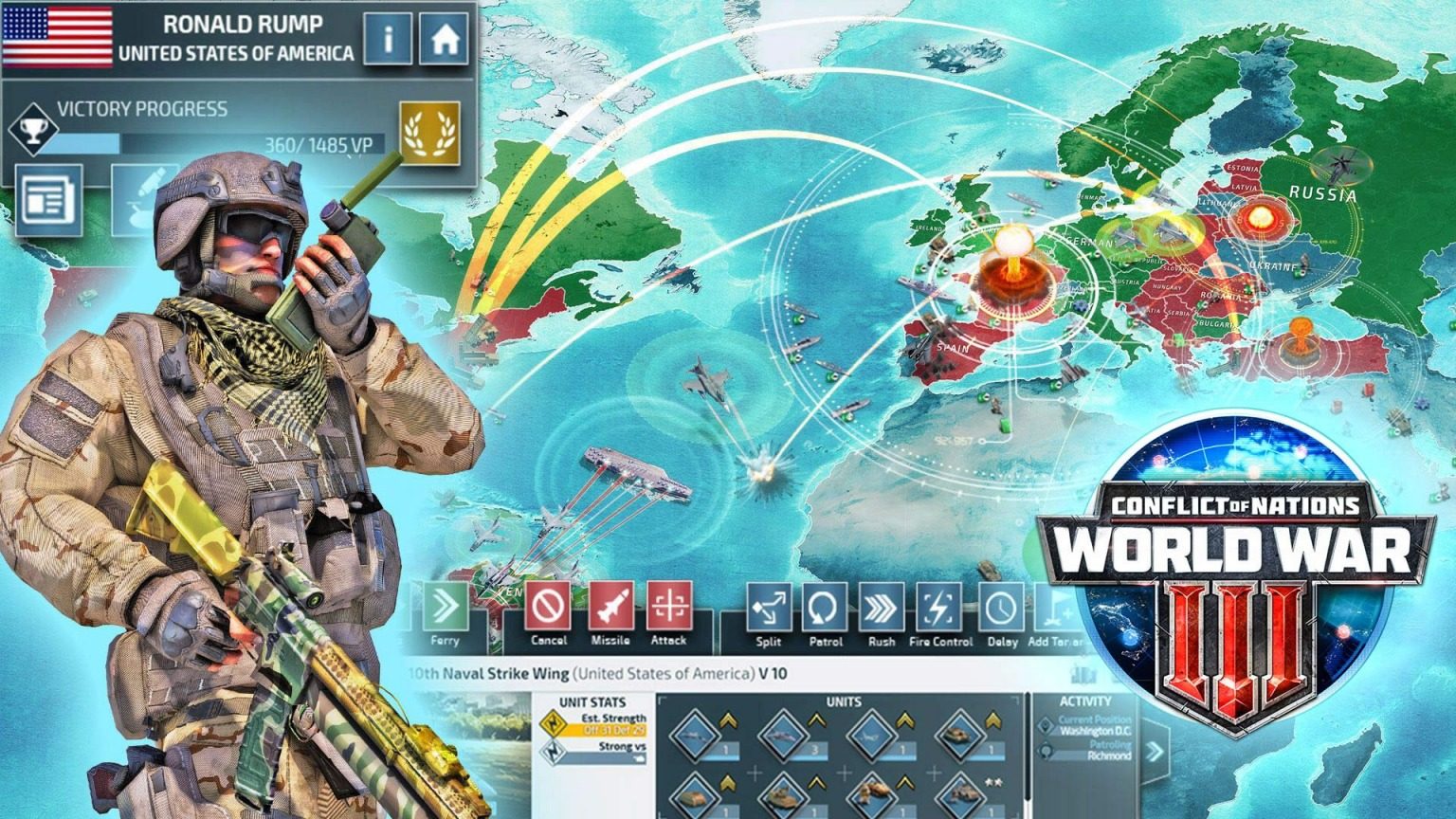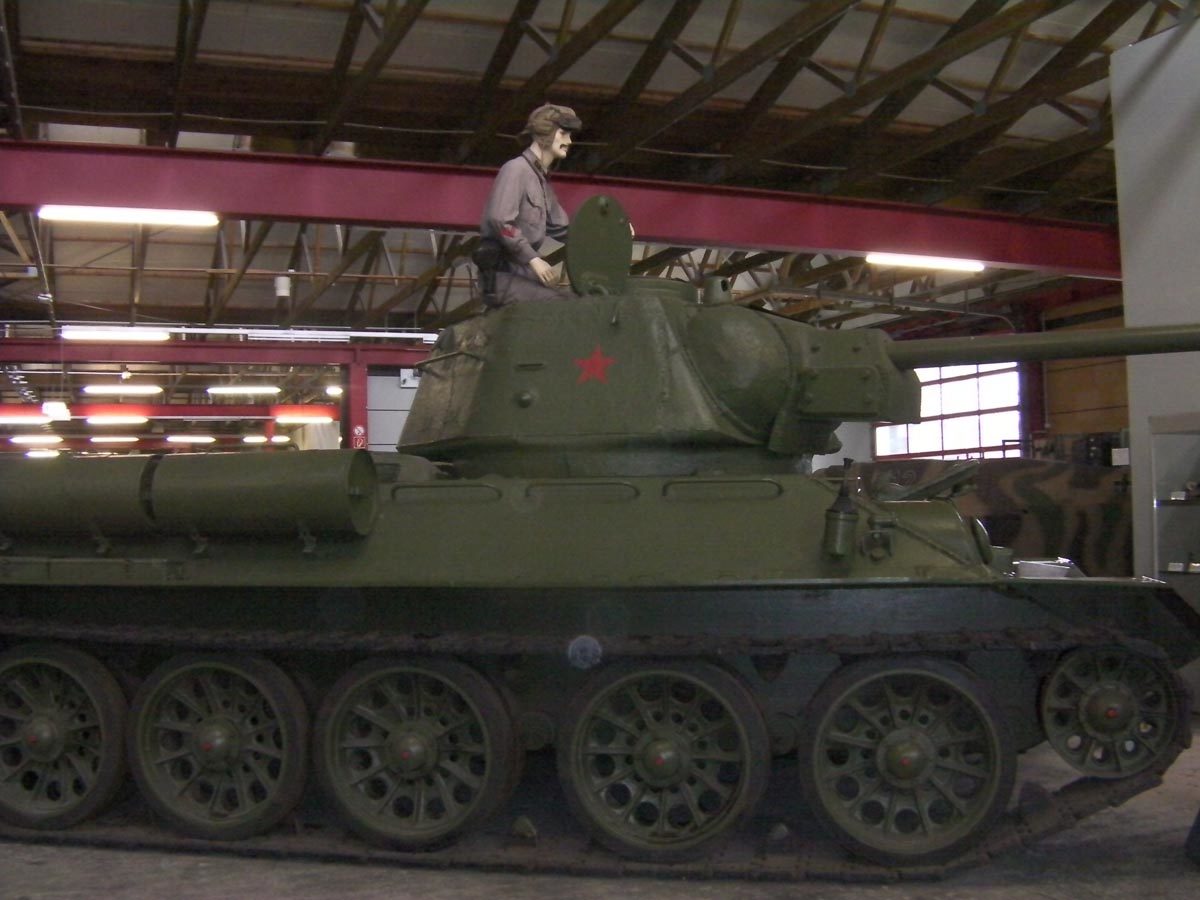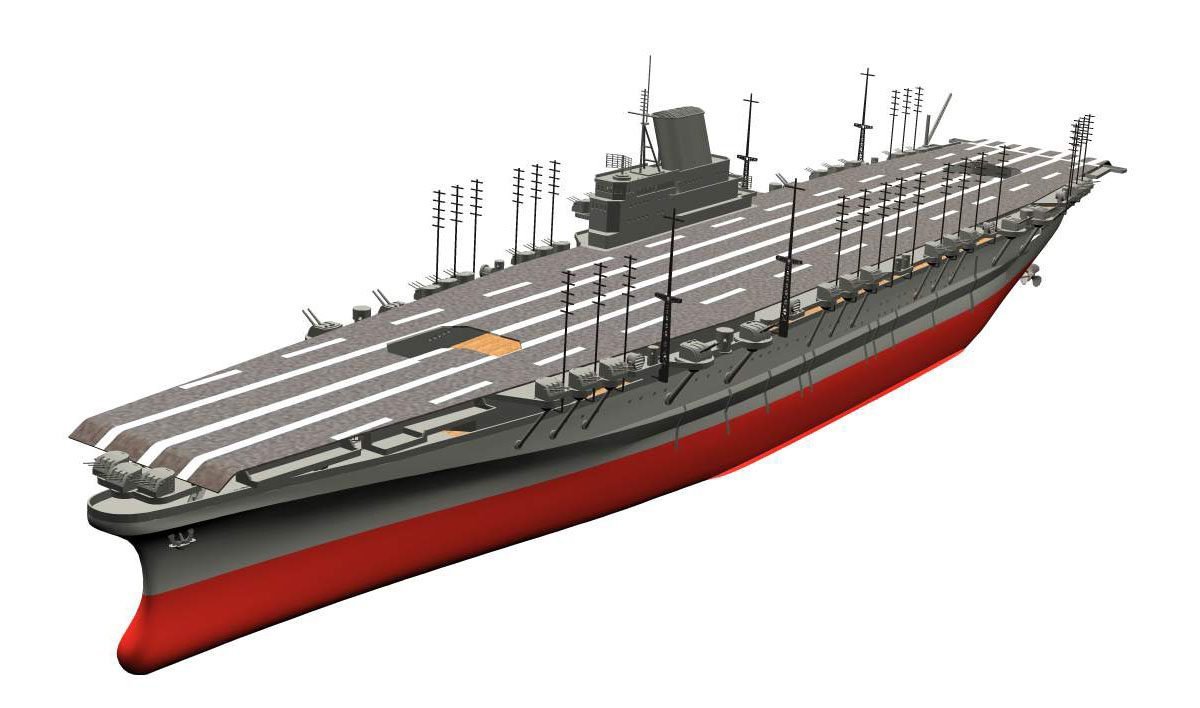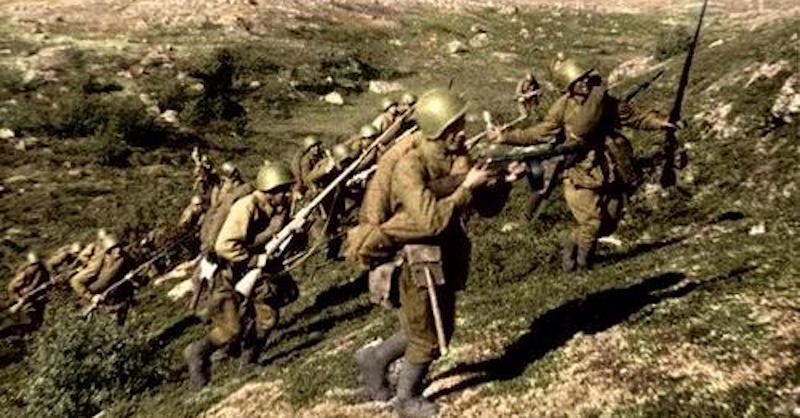Planes and bases of the Royal Air Force on May 10, 1940. Number of squadrons, locations and aircraft types at the beginning of the Western campaign.

The Royal Air Force in the Western Campaign 1940
Table of Contents
The Royal Air Force (RAF) played a significant role during the Western Campaign of 1940, which was part of the early stages of World War II in Western Europe.
Overview
Battle of France: The RAF deployed squadrons to France as part of the Advanced Air Striking Force (AASF) and Air Component of the British Expeditionary Force (BEF). They provided air support for Allied ground forces and conducted reconnaissance missions.
Aircraft:
– The main fighter aircraft used were Hawker Hurricanes and Supermarine Spitfires.
– Bombers included Bristol Blenheims, Fairey Battles, and Vickers Wellingtons.
Dunkirk Evacuation (Operation Dynamo):
The RAF played a crucial role in protecting the evacuation of Allied troops from Dunkirk between May 26 and June 4, 1940. They engaged in intense aerial combat with the Luftwaffe to maintain air superiority over the evacuation beaches and ships.
Challenges:
The RAF faced superior numbers of Luftwaffe aircraft. Many airfields in France were overrun, forcing relocations and reducing operational efficiency.
Losses:
The RAF suffered significant losses during this campaign, particularly among bomber squadrons. Many experienced pilots were lost, which would impact future operations.
Lessons Learned:
The campaign highlighted the importance of fighter aircraft for both offense and defense. It led to changes in tactics and strategy that would be applied in the subsequent Battle of Britain.
Transition to Home Defense: As the Western Campaign concluded, the RAF shifted its focus to defending Britain against the expected German air assault.
The Western Campaign of 1940 was a challenging period for the RAF, but the experience gained would prove invaluable in the coming months during the Battle of Britain.
RAF in France and the Middle East
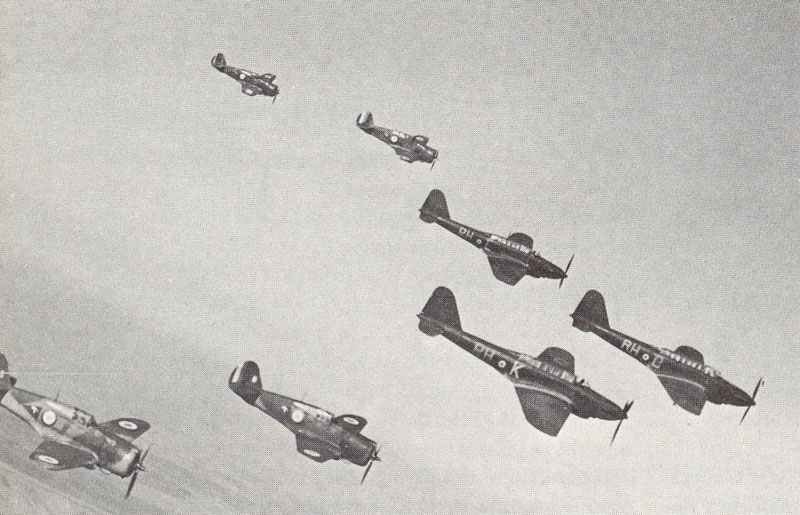
In January 1940 it was decided to unite the Air Component and the Advanced Air Striking Force under the command of the Air Officer Commanding-in-Chief British Air Forces in France, Air Marshal Barratt. As soon as possible after its arrival in France, the RAF took part in operations which brought it in contact with German aircraft. Although a number of German machines were shot down, RAF losses were heavy as many of their planes (the Fairey Battles and Blenheims for example) were found to be inadequately armed and ill-suited to combat with modern fighter planes like the Messerschmitt Bf109.
Britain was anxious not to squander its precious aircraft by using them as a sort of fire brigade at the beck and call of the Allied land forces. The RAF wanted to ensure that its bombers were only used to cause maximum destruction to the enemy, although strategic bombing of targets in Germany was only authorized on 15 May 1940. Fighters based in France and England were to be deployed against the enemy as long as it did not impair Britain’s ability to defend herself. On 10 May 1940, 416 of Britain’s total number of 1,873 first-line aircraft were stationed in France, but on 20 May it was decided to bring back to England the remaining 66 fighters so that they could continue the war from English airfields.
The first phase of the German plan for the invasion of England was to gain control of the air and so during the months of July and August 1940 the RAF prepared its forces for the inevitable battle against the Luftwaffe.
The responsibilities of the RAF in the Mediterranean theater were complex and wide-ranging, covering a vast geographical area and calling for action in a variety of different roles ranging from ground support work to strategic bombing. Until 1942 the RAF was often short of aircraft and equipment but following the Axis defeat at Alamein and the arrival of American forces in North Africa the RAF was able to build up a material superiority that was to play a decisive part in securing victory in the Mediterranean.
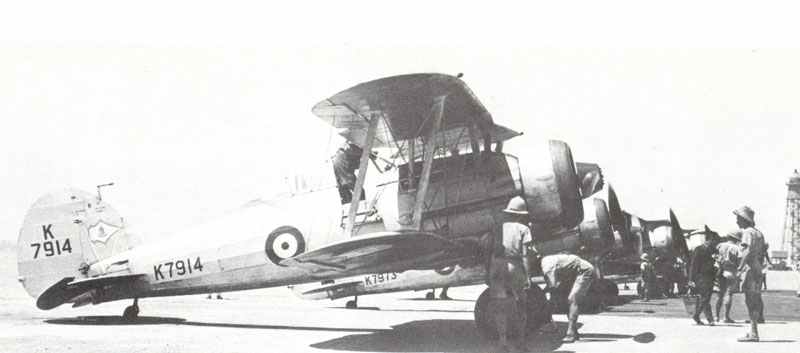
The peacetime responsibilities of the Air Officer Commanding, Middle East, encompassed the air forces in Egypt, Palestine, the Sudan, and Kenya, but in the event of war he was also to control the air element in Aden, Malta and Iraq. This vast Command was subsequently expanded to include Persia and the remainder of the Mediterranean theater up to 100 miles (ca. 161 km) west of Malta. The period between September 1939 and the Italian declaration of war in June 1940 was used to build up the RAF’s capabilities in the Middle East within the limitations imposed by the maintenance of the air defense of Great Britain and by operations in France. Yet when Italy declared war the RAF was still greatly outnumbered by the Regia Aeronautica, with the Middle East Air Force comprising only 29 squadrons many of which were equipped with aircraft approaching obsolescence.
The Middle East Air Force was to operate against the Italians in two main theaters, the Mediterranean, and East Africa and the Red Sea; the first attacks being launched on 11 June 1940.
By the end of the year a considerable measure of air superiority had been achieved but a further battlefront was created by the Italian invasion of Greece on 28 October, to which the RAF responded by sending nine squadrons to support the Greek Army.
Active RAF Squadrons on 10 May 1940:
Sqn | Base | Planes | Sqn | Base | Planes |
|---|---|---|---|---|---|
1 | Berry-au-Bac (France) | Hurricane I | 2 | Abbeville (France) | Lysander I, II |
3 | Merville (France) | Hurricane I | 4 | Monchy-Lagache (France) | Lysander I, II |
5 | Fort Sanderman (India) | Wapiti IIA | 6 | Ramleh (Palestine) | Lysander I, II |
7 | Finningley | Hampden I | 8 | Khormaskar (Aden) | Vincent, Blenheim I |
9 | Honington | Wellington IC | 10 | Dishforth | Whitley IV, V |
11 | Ismalia (Egypt) | Blenheim I | 12 | Amifontaine (France) | Battle |
13 | Douai (France) | Lysander I, II | 14 | Amman (Palestine) | Wellesley |
15 | Alconbury | Blenheim IV | 16 | Bertangles | Lysander II |
17 | Hawkinge | Hurricane I | 18 | Meharicourt (France) | Blenheim IV |
19 | Horsham St Faith | Spitfire I | 20 | Kohat (India) | Audax |
21 | Watton | Bleinheim IV | 22 | North Coates | Beaufort I |
23 | Wittering | Blenheim IF | 24 | Hendon | various communication types |
25 | North Weals | Blenheim IF | 26 | Dieppe (France) | Lysander I, II |
27 | Risalpur (India) | Wapiti IIA, Hart, Tiger Moth | 28 | Kohat (India) | Audax |
29 | Debden | Blenheim IF | 30 | Ismalia (Egypt) | Blenheim I, IF |
31 | Peshawar (India) | Valentia | 32 | Biggin Hill | Hurricane I |
33 | Mersa Matruh (Egypt) | Gladiator | 34 | Tengah (Singapore) | Blenheim I |
35 | operational training unit | - | 36 | Seletar (Malaya) | Vildebeest III |
37 | Feltwell | Wellington IA | 38 | Marham | Wellington IA, IC |
39 | Heliopolis (India) | Blenheim I | 40 | Wyton | Blenheim IV |
41 | Catterick | Spitfire I | 42 | Thorney Island | Beaufort I |
43 | Wick | Hurricane I | 44 | Waddington | Hampden I |
45 | Fuka (Sudan) | Blenheim I | 46 | transfer on carrier Glorious to Norway | Hurricane I |
47 | Khartoum (Sudan) | Vincent, Wellesley | 48 | Thorney Island | Anson I, Beaufort I |
49 | Scampton | Hampden I | 50 | Waddington | Hampden I |
51 | Dishforth | Whitley IV, V | 52 | operational training unit | - |
53 | Poix (France) | Blenheim IV | 54 | Hornchurch | Spitfire I |
55 | Ismalia (Egypt) | Blenheim I | 56 | Garvesend | Hurricane I |
57 | Rosieres-en-Saneterre (France) | Blenheim IV | 58 | Linton-on-Ouse | Whitley V |
59 | Poix (France) | Blenheim IV | 60 | Ambala (India) | Blenheim I |
61 | Hemswell | Hampden I | 62 | Tengah (Singapore) | Blenheim I |
63 | operational training unit | - | 64 | Church Fenton | Spitfire I |
65 | Hornchurch | Spitfire I | 66 | Duxford | Spitfire I |
70 | Habbaniya (Egypt) | Valentia | 72 | Acklington | Spitfire I |
73 | Reims (France) | Hurricane I | 74 | Hornchurch | Spitfire I |
75 | Feltwell | Wellington I, IA, IC | 77 | Driffield | Whitley V |
78 | Linton-on-Ouse | Whitley V | 79 | Biggin Hill | Hurricane I |
80 | Amriya (Egypt) | Gladiator | 81 | Amiens (France) | Tiger Moth (communications) |
82 | Watton | Blenheim IV | 83 | Scampton | Hampden I |
84 | Shaibah (Iraq) | Blenheim I | 85 | Lille (France) | Hurricane I |
87 | Lille (France) | Hurricane I | 88 | Mourmelon (France) | Battle |
92 | Northolt | Spitfire I | 94 | Sheikh Othman (Aden) | Gladiator |
97 | Driffield (disbanded May 20) | without aircrafts | 98 | Chateau Bougon (France) | Battle |
99 | Newmarket | Wellington I, IA, IC | 100 | Seletar (Singapore) | Vildebeest II, III |
101 | West Raynham | Blenheim IV | 102 | Driffield | Whitley V |
103 | Betheniville (France) | Battle | 104 | operational training unit | - |
105 | Villeneuve-les-Vertus (France) | Battle | 106 | Finningley | Hampden I |
107 | Wattisham | Blenheim IV | 108 | operational training unit | - |
110 | Wattisham | Blenheim IV | 111 | Wick | Hurricane I |
112 | Helwan (Egypt) | Gladiator, Gauntlet II | 113 | Heliopolis (Egypt) | Blenheim IV |
114 | Conde-Vraux (France) | Blenheim IV | 115 | Marham | Wellington IA, IC |
139 | Plivot (France) | Blenheim IV | 141 | Grangemouth | Defiant I, Gladiator, Blenheim IF, Battle |
142 | Berry-au-Bac (France) | Battle | 144 | Hemswell | Hampden I |
145 | Tangmere | Hurricane I | 148 | Stradishall | Wellington IC |
149 | Mildenhall | Wellington I, IA, IC | 150 | Ecury-sur-Coole (France) | Battle |
151 | North Weald | Hurricane I | 152 | Acklington | Spitfire I |
185 | operational training unit | - | 201 | Invergordon | Sunderland I |
202 | Gibraltar | London II | 203 | Sheikh Othman (Aden) | Blenheim I, IV |
204 | Sullon Voe (Shetland Is) | Sunderland I | 205 | Seletar (Ceylon) | Singapore III |
206 | Bircham Newton | Anson, Hudson | 207 | operational training unit | - |
208 | Heliopolis (Egypt) | Lysander I, II | 209 | Oban | Lerwick I |
210 | Pembroke Dock | Sunderland I | 211 | El Daba (Egypt) | Blenheim I |
212 | Heston | Blenheim IV, Spitfire I | 213 | Wittering | Hurricane I |
214 | Stradishall | Wellington I, IA, IC | 216 | Heliopolis (Egypt) | Valentia, Bombay |
217 | St.Eval | Anson, Beaufort I | 218 | Mouscou Femme (France) | Battle |
219 | Catterick | Blenheim IF | 220 | Thornaby | Hudson |
222 | Digby | Spitfire I | 223 | Khartoum (Sudan) | Wellesley |
224 | Leuchars | Hudson | 225 | Odiham | Lysander |
226 | Reims (France) | Battle | 228 | Pembroke Dock | Sunderland I |
229 | Digby | Hurricane I | 230 | Alexandria (Egypt) | Sunderland I |
232 | not operational | - | 233 | Leuchars | Hudson |
234 | Church Fenton (from May 22) | Spitfire I | 235 | Bircham Newton | Blenheim IVF, IF |
236 | Speke | Blenheim IF | 237 | Nairobi (Kenya) | Audax, Hardy |
240 | Invergordon | London II | 242 | Church Fenton | Hurricane I |
245 | Leconfield | Hurricane I | 248 | Gosport | Blenheim IVF |
253 | Kenley | Hurricane I, Battle | 254 | Hatston | Blenheim IV |
263 | Turnhouse | Gladiator | 264 | Martlesham Heath | Defiant I |
266 | Martlesham Heath | Spitfire I | 269 | Wick | Anson |
271 | Doncaster Harrow (Transport) | Bombay, Ford 5 | 273 | China Bay (Ceylon) | Vildebeest, Seal |
500 | Detling | Anson | 501 | Bethenville | Hurricane I |
502 | Aldergrove | Anson | 504 | Debden | Hurricane I |
600 | Manston | Blenheim IF | 601 | Tangmere | Hurricane I |
602 | Dyce | Spitfire I | 603 | Turnhouse | Spitfire I |
604 | Northolt | Blenheim IF | 605 | Wick | Hurricane I |
607 | Vintry-en-Artois (France) | Hurricane I, Gladiator | 608 | Thornaby | Anson |
609 | Drem | Spitfire I | 610 | Biggin Hill | Spitfire I |
611 | Digby | Spitfire I | 612 | Dyce | Anson |
613 | Odiham | Lysander, Hector | 614 | Odiham | Lysander |
615 | Abbeville (France) | Hurricane I, Gladiator | 616 | Leconfield | Spitfire I |
Note: Squadron Nos. 400 to 499 were squadrons of the Royal Canadian Air Force, Royal Australian Air Force and Royal New Zealand Air Force. Not all numbers were used and unfortunately there are no detailed information available.
Overview of Royal Air Force squadrons equipment and location:
Aircraft | England | France, Norway | Mediterranean,Middle East, Africa | India, Malaya | Total |
|---|---|---|---|---|---|
Hurricane | 16 | 9 | - | - | 25 |
Spitfire | 19 | - | - | - | 19 |
Gladiator | 1 | - | 4 | - | 5 |
Blenheim IF, IVF | 9 | - | - | - | 9 |
Defiant | 2 | - | - | - | 2 |
Vildebeest | - | - | - | 3 | 3 |
Wellesley | 1 | - | 2 | 1 | 4 |
Blenheim | 9 | 6 | 9 | 4 | 28 |
Battle | - | 8 | - | - | 8 |
Wapiti | - | - | - | 1 | 1 |
Beaufort | 4 | - | - | - | 4 |
Whitley | 6 | - | - | - | 6 |
Hampden | 8 | - | - | - | 8 |
Wellington | 8 | - | - | - | 8 |
Hudson | 4 | - | - | - | 4 |
Anson | 5 | - | - | - | 5 |
Lysander | 4 | 4 | 2 | - | 10 |
Audax | - | - | - | 2 | 2 |
Valentina | - | - | 2 | 1 | 3 |
Tiger Mouth | - | 1 | - | 1 | 2 |
London | 1 | - | 1 | - | 2 |
Singapore | - | - | - | 1 | 1 |
Lerwick | 1 | - | - | - | 1 |
Sunderland | 4 | - | 1 | - | 5 |
Total | 102 | 28 | 21 | 14 | 165 |
The RAF squadron strength was between 6 and 18 aircraft.
References and literature
The Squadrons of the Royal Air Force (James J. Halley)
Luftkrieg (Piekalkiewicz)
The Armed Forces of World War II (Andrew Mollo)
Das große Buch der Luftkämpfe (Ian Parsons)


